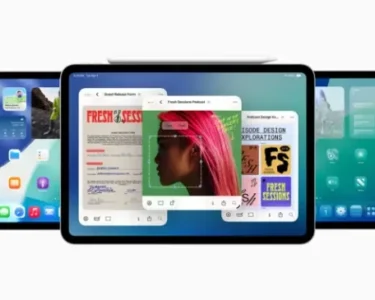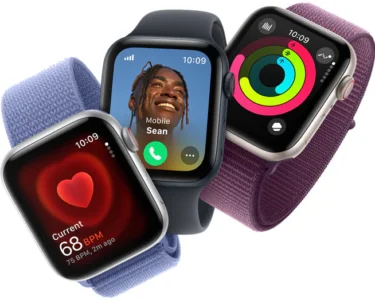According to a research paper published by Apple, the company has developed a new artificial intelligence system named ReALM. This system comprehends ambiguous references to on-screen entities, conversational context, and background processes. It enables more natural interactions with voice assistants like Siri. The Apple researchers emphasized the importance of understanding context, including references, for a conversational assistant. They highlighted that enabling users to issue queries about what they see on their screen is crucial for ensuring a true hands-free experience in voice assistants.
ReALM: Advancements in Reference Resolution
- Innovative Approach: ReALM transforms the intricate task of reference resolution into a language modeling challenge by harnessing large language models. This strategic approach facilitates significant performance enhancements compared to existing methodologies.
- Screen Reconstruction Technique: The system reconstructs the screen by utilizing parsed on-screen entities and their respective locations to generate a textual representation that accurately reflects the visual layout. This innovative method, coupled with fine-tuning language models specifically for reference resolution, empowers ReALM to surpass GPT-4 performance levels.
- Notable Performance Improvements: The researchers highlight substantial advancements over an existing system with similar functionality across various types of references. Even the smallest ReALM model demonstrates absolute gains of over 5% for on-screen references. Moreover, the larger ReALM models exhibit significant superiority over GPT-4 in performance metrics.
The research underscores the potential of focused language models in managing tasks like reference resolution within production systems. This is particularly relevant in scenarios where employing massive end-to-end models proves impractical due to latency or compute constraints.
However, the researchers caution against solely relying on automated screen parsing, citing limitations. Addressing more intricate visual references, such as distinguishing between multiple images, would likely necessitate the incorporation of computer vision and multi-modal techniques.
While Apple has refrained from public announcements, it silently progresses in artificial intelligence research, albeit lagging behind its rivals in the rapidly evolving AI landscape. CEO Tim Cook hinted at unveiling details of ongoing AI work later this year during a recent earnings call.
Rumors suggest that Apple might leverage the upcoming Worldwide Developers Conference in June as the platform for its AI disclosures. Anticipated unveilings include a new large language model framework dubbed “Apple GPT” and other AI-driven features across iOS, macOS, and its entire ecosystem at the WWDC.







